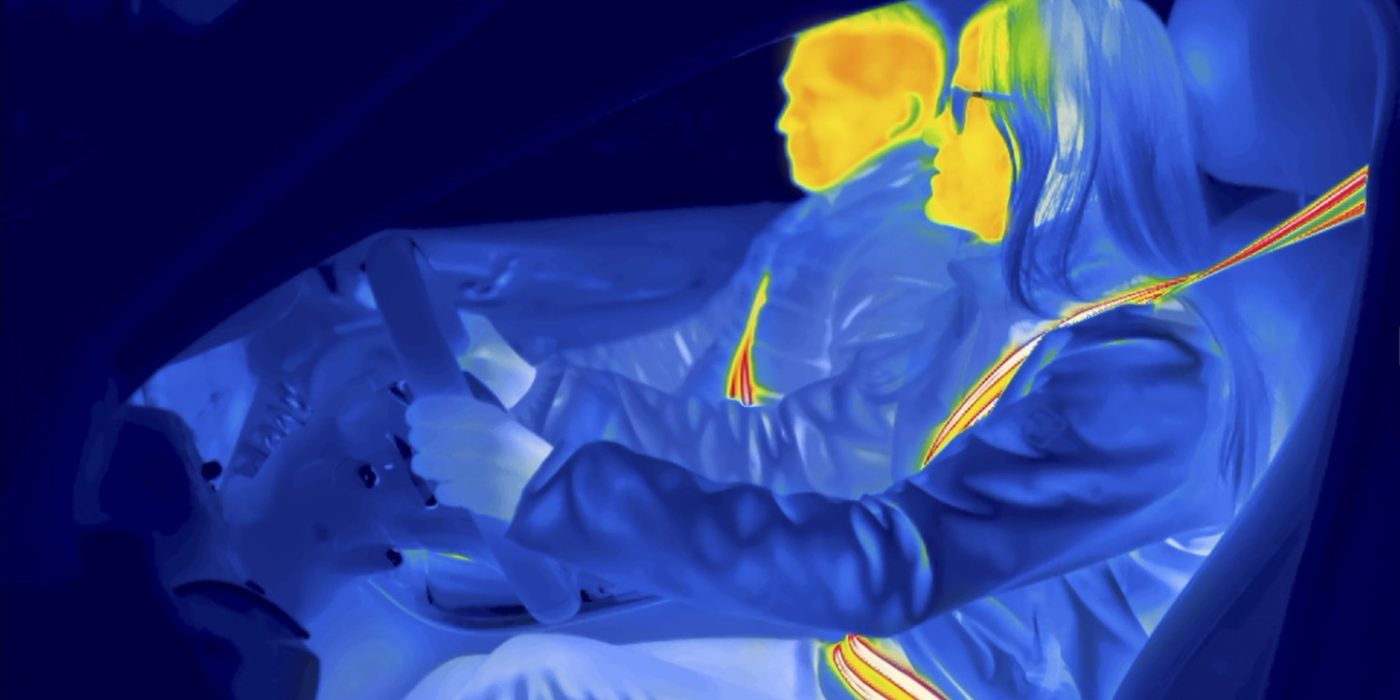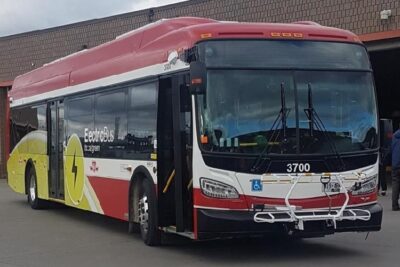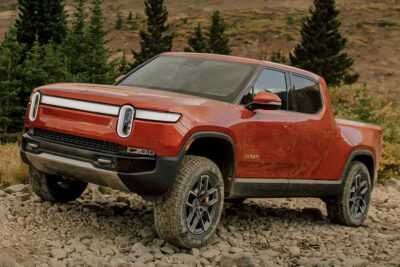ZF develops range-saving ‘Heat Belt’ for EVs
German automotive supplier ZF is looking to save range where it can. The latest attempt sees the component manufacturer getting close to the driver with a heated seat belt that claims somewhat surprising range improvements.
The ZF ‘Heat Belt’ for electric vehicles allows drivers to reduce the energy used to heat the car, especially in combination with other contact heaters such as a seat heater, explains ZF. The idea is, therefore, to provide or direct heat close to the body, so drivers feel warm (enough) quickly rather than blasting the air con. This will come in handy, especially on short journeys when heating the interior air is very inefficient, as the air heated with a lot of energy is not used for long.
So with the new heated seat belt, “the system may increase range by up to 15 per cent,” the company continues, as it can provide “close-to-body warmth immediately after the driver starts driving, typically between 36 and 40 degrees Celsius”.
In addition, most electric vehicles use battery power to warm the interior, as there is no usable waste heat as with the combustion engine. It is here where ZF wants to make the range gains of 15% by reducing the amount of battery current used to heat vehicle using contact heaters and reducing the usage of conventional climate control systems.
ZF used a special textile processing method to weave the heating conductors into the seat belt structure. The contact elements for the electrical heating circuits are positioned in such a way that they do not interfere with belt operation or retraction, so the company.
ZF also stresses that all relevant characteristics of the seat belt remain the same, so there are not any added procedures or qualifications for the OEM, nor any disadvantages in passenger safety.
And ZF has another tip for EV drivers to get warm quickly and efficiently – avoid wearing bulky items of clothing such as down jackets with the Heat Belt. That’s good advice in general since any seat belt fits closer to the body and can better restrain and protect the occupant in a crash when not wearing a huge jacket.




